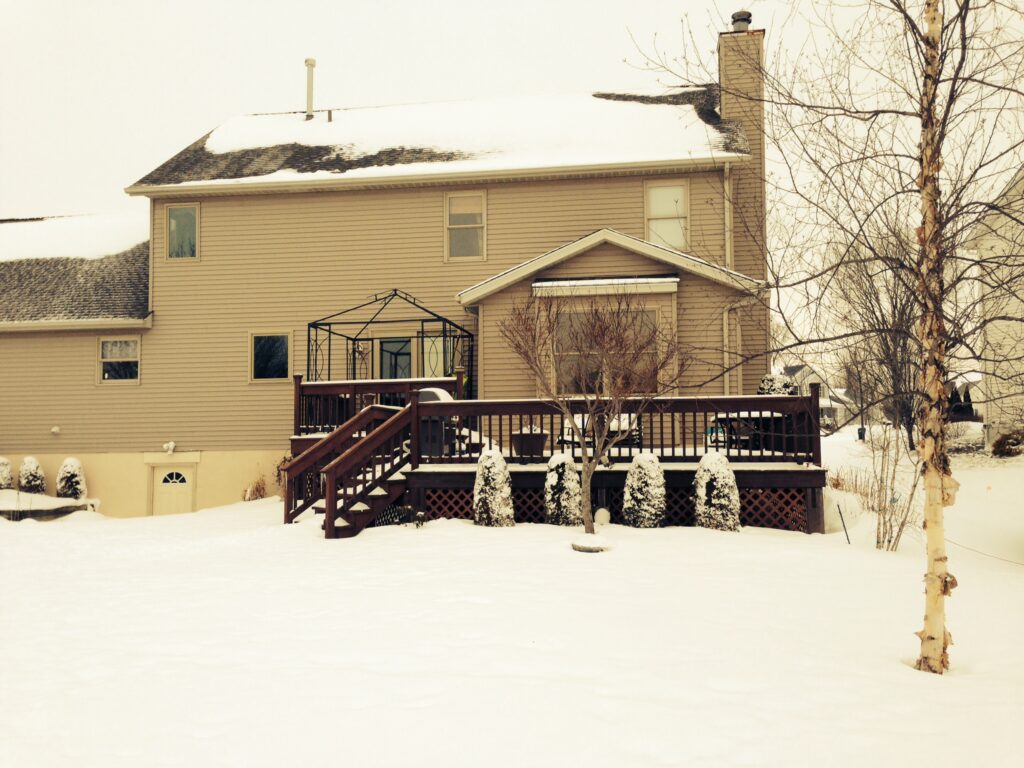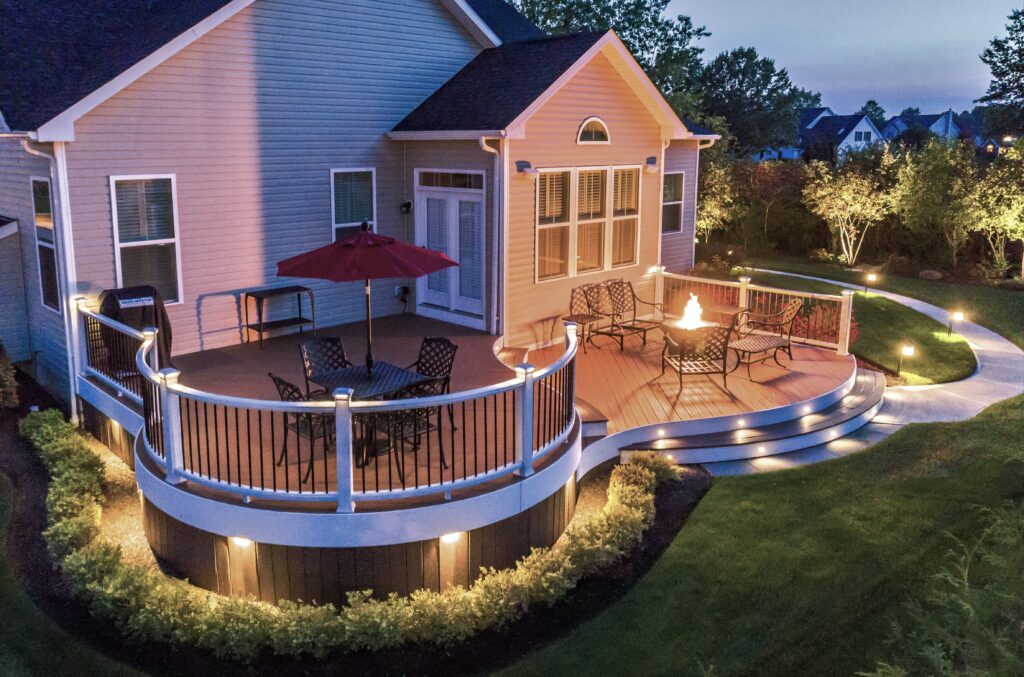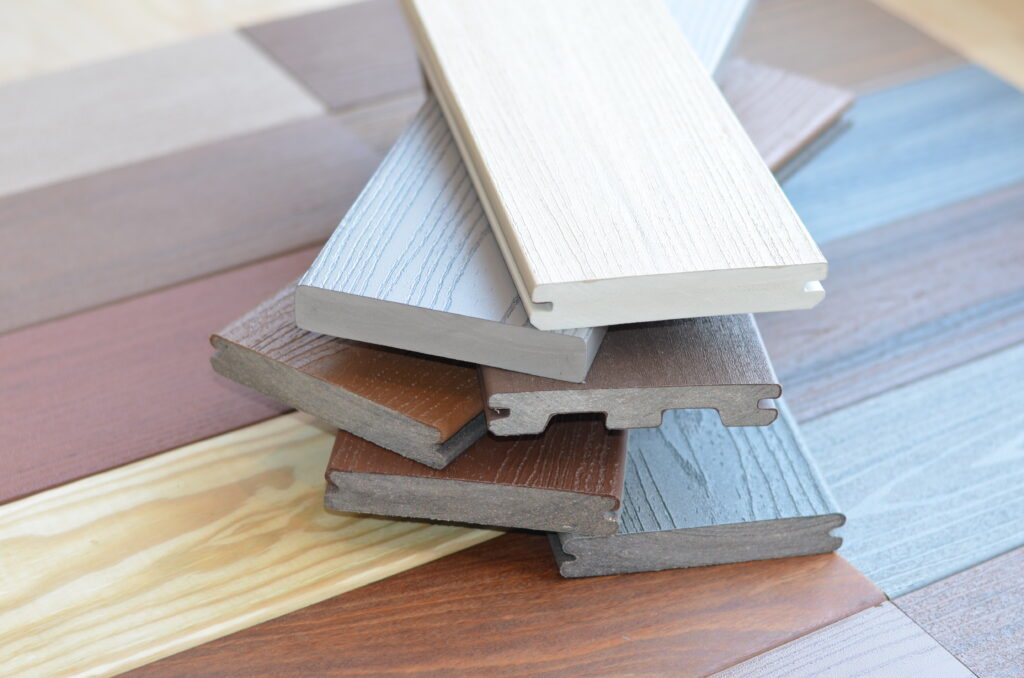Redwood decks were super popular back in the 70’s and 80’s; it used to be the standard decking product for most builders. It is absolutely gorgeous, with deep reddish and tan tones, and it’s also resilient to decay.
In addition, redwood naturally contains oils or tannins in the wood which termites don’t like — so they leave it alone. The wood is more saturated with these tannins closer to the center of the tree, its heartwood.
But as you get further and further away from the center, the wood is lighter in color and has fewer tannins. This outer layer is known as the sapwood. Since tannins aren’t evenly distributed throughout all redwood, it’s not consistent in its decay resistance. As a result, we always per-stain, or seal, all sides of redwood deck boards before we install them.
The stain serves another purpose, as well. Redwood tannins react with metal, staining the wood. It’s not detrimental to the wood, but it does change the look. You have to be very careful with metal on fresh, unsealed wood. We like to use epoxy-coated screws for when building redwood decks, since the epoxy breaks the direct metal contact.
With time, redwood loses its vibrant contrast and becomes more of a medium brown color. Yearly maintenance is required to keep the color rich. During the deck maintenance process, you need to be especially careful with the soft redwood decking so as not to damage the wood under high pressure.
Even during daily use, redwood’s soft composition will acquire dents and ding pretty easily. Once the deck is established and lived on, this day-to-day wear is typically not a problem for most homeowners. However, if dents and dings are going to bother you, redwood boards are not a good decking material for you. Ipe decks — known for the extreme density and hardness of their decking boards — would be more your style.
Today, redwood decks are less in fashion based on their cost, maintenance needs and environmental concerns. After all, acquiring redwood for decking boards means logging sequoia trees — which are a protected species now. The price has gone way up, making it higher than the price of most composite decking options.
Along with the high cost of decking materials comes the reality that in — order to keep it looking beautiful — yearly maintenance is required.
In addition, redwood decks built today will probably not last as long in our climate. When the sequoia trees became protected, the redwood trees that were commercially available contained a higher percentage of sapwood. With less of the durable, tannin-rich heartwood available for decking boards, the durability of redwood decks decreases.
Given the cost, maintenance, and shorter lifespan, redwood decks have fallen out of favor in Northeastern Ohio. Although we do receive an occasional request for a redwood deck, we always take the time to make sure that our customers fully understand what they’re getting for the investment they’re making.




